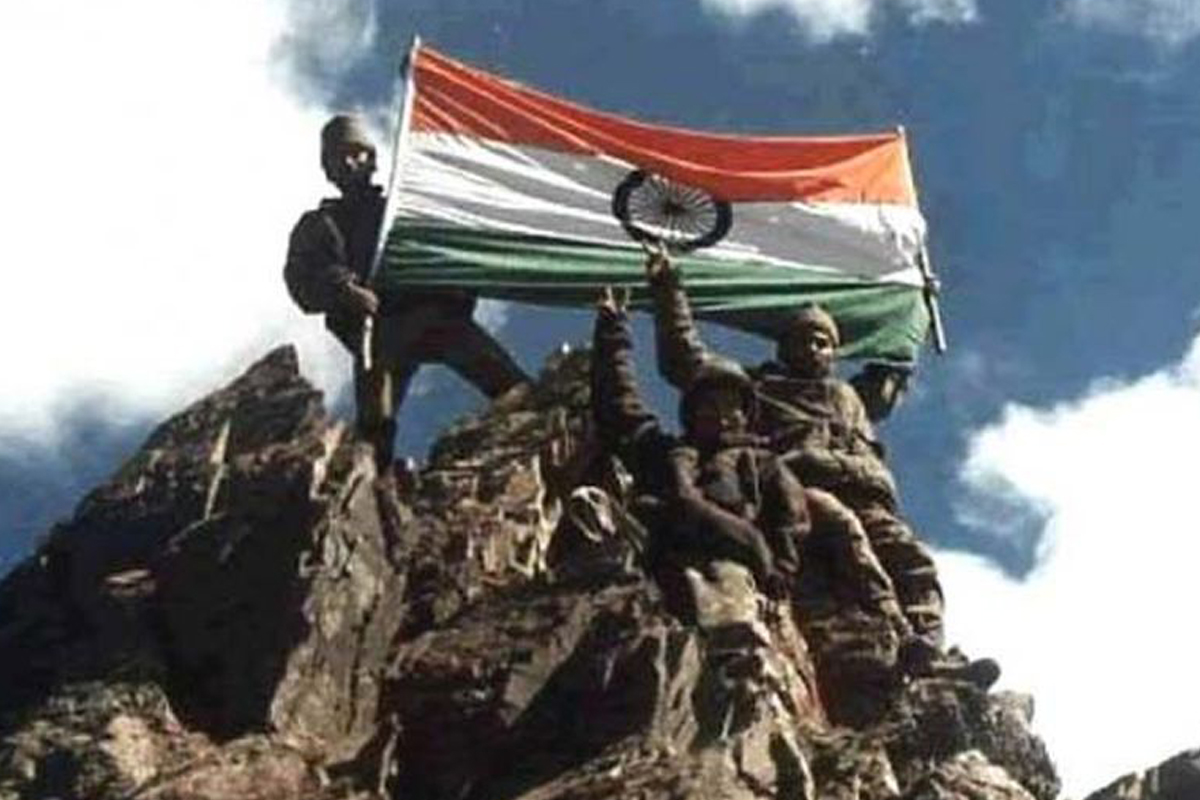Today on Kargil Diwas, also known as Vijay Diwas, is a day when India commemorates its victory over Pakistan in the Kargil War in 1999. Every year on 26 July, India remembers the bravery and the sacrifices of its soldiers, who lost their lives in the war and recaptured several mountain heights seized by Pakistani intruders in Kashmir. The official death toll of the war on the Indian side was 527.
The triumph came after enormous sacrifices from our men in uniform. Here is a brief recap of the events that led to a full-scale war between the two South Asian neighbours.
Advertisement
After noticing that Indian posts were captured by armed groups from Pakistan, the Indian Army engaged in a pitched battle with intruders. The Pakistani Army played a dubious role during the conflict.
It, initially, tried to disown its men, denying any involvement in the conflict and blamed everything on Kashmiri insurgent groups.
However, when evidence of the involvement of Pakistani paramilitary troops, under the command of Gen. Ashraf Rashid, came to light in the form of documents left behind by victims, testimonies of Prisoners of War (POW), and subsequent claims by Prime Minister Nawaz Sharif and Chief of Army Staff Pervez Musharraf, they back-tracked.
Kargil Diwas is observed in remembrance of the heroes of the Kargil War throughout the country every year. The Prime Minister of India pays homage to the troops at Amar Jawan Jyoti, a war memorial, at the India Gate in New Delhi. Celebrations in commemoration of the accomplishments of the Indian Armed Forces are held across the nation.
With an exception of attempts by the neighbouring countries to control the Siachen Glacier by erecting military outposts on the nearby mountain ridges and the ensuing military skirmishes in the 1980s, there had been a long period of hiatus. After the Indo-Pakistani War of 1971, there had been a few direct armed conflicts involving the militaries of the two nations.
However, the 1990s saw growing hostilities between India and Pakistan as a result of secessionist activities in Kashmir and the nuclear tests conducted by both nations in 1998. Nevertheless they pledged to find a peaceful solution to the Kashmir issue bilaterally and signed the Lahore Declaration in February 1999 in an effort to diffuse the tension along the border.
But some Pakistani Armed Forces units secretly trained and dispatched Pakistani soldiers and paramilitary units into areas on the Indian side of the Line of Control during the winter of 1998–1999 (LOC).
“Operation Badri” was the cover name for the intrusion. The Pakistani invasion with a plot to break the connection between Kashmir and Ladakh forced Indian soldiers to leave the Siachen Glacier, and compelled India to discuss a resolution of the larger Kashmir problem. Pakistan also anticipated that any regional unrest would make the Kashmir dispute more widely known and facilitate a swift resolution.
Another objective could have been to play a proactive role in boosting the morale of the ten-year-old insurrection in the Indian State of Kashmir.
The Indian forces stationed there first thought the infiltrators were jihadis.
As they had no idea about the nature and scope of the incursion they thought they could drive them out within a few days. However, the Indian army realised the offensive was substantially larger when it was later discovered that infiltration had occurred further along the LOC and other infiltration methods had been employed.
It is widely agreed that the incursion captured a total area of 130 km2 to 200 km2.
Operation Vijay, which involved the deployment of 200,000 Indian troops, was the government of India’s response. On July 26, 1999, the Pakistani Army was forced to run away abandoning its seized positions, thereby ending the conflict. This victory is marked by Kargil Vijay Diwas. During the conflict, 527 members of the Indian Armed Forces laid down their lives while protecting the borders of their beloved country.











